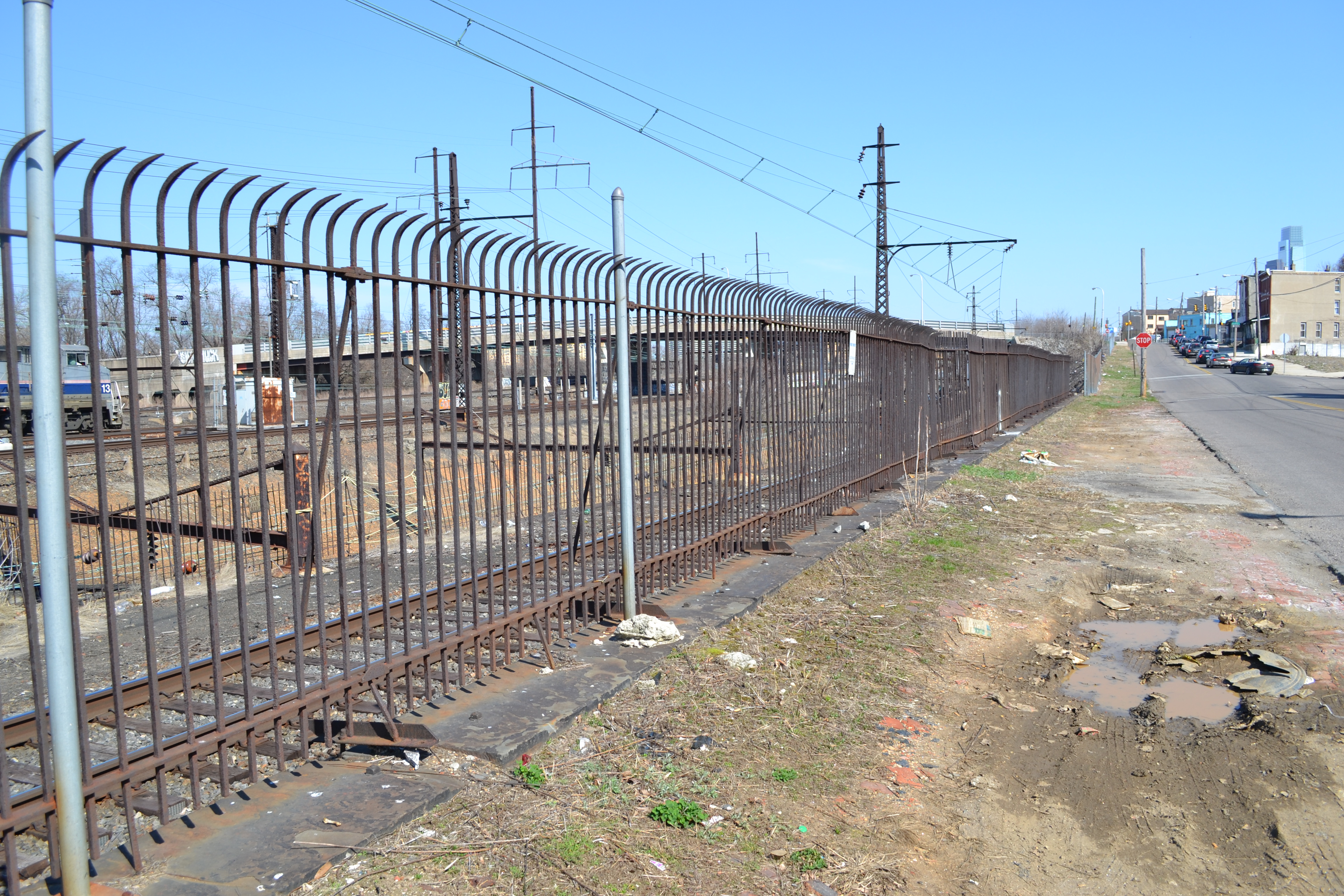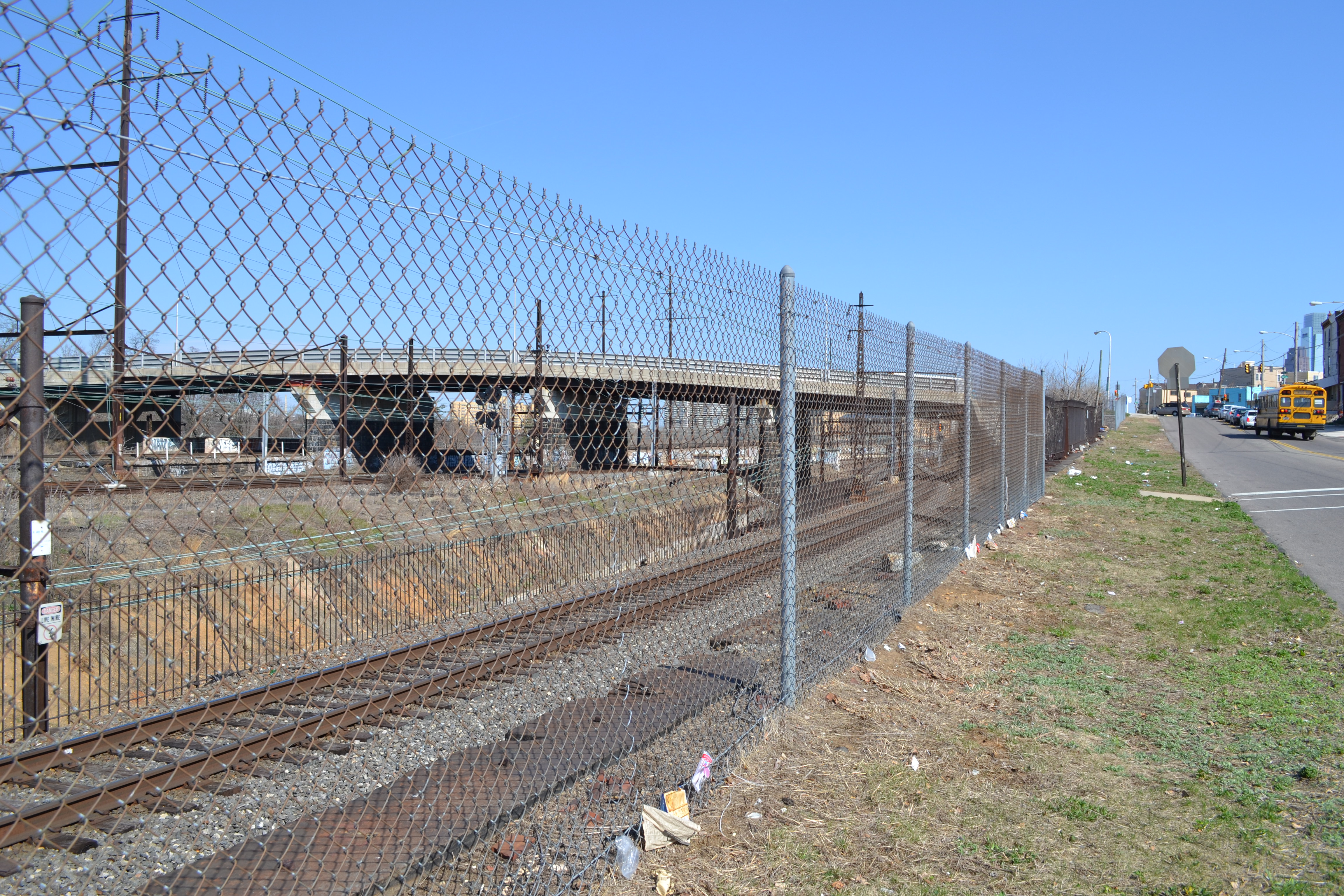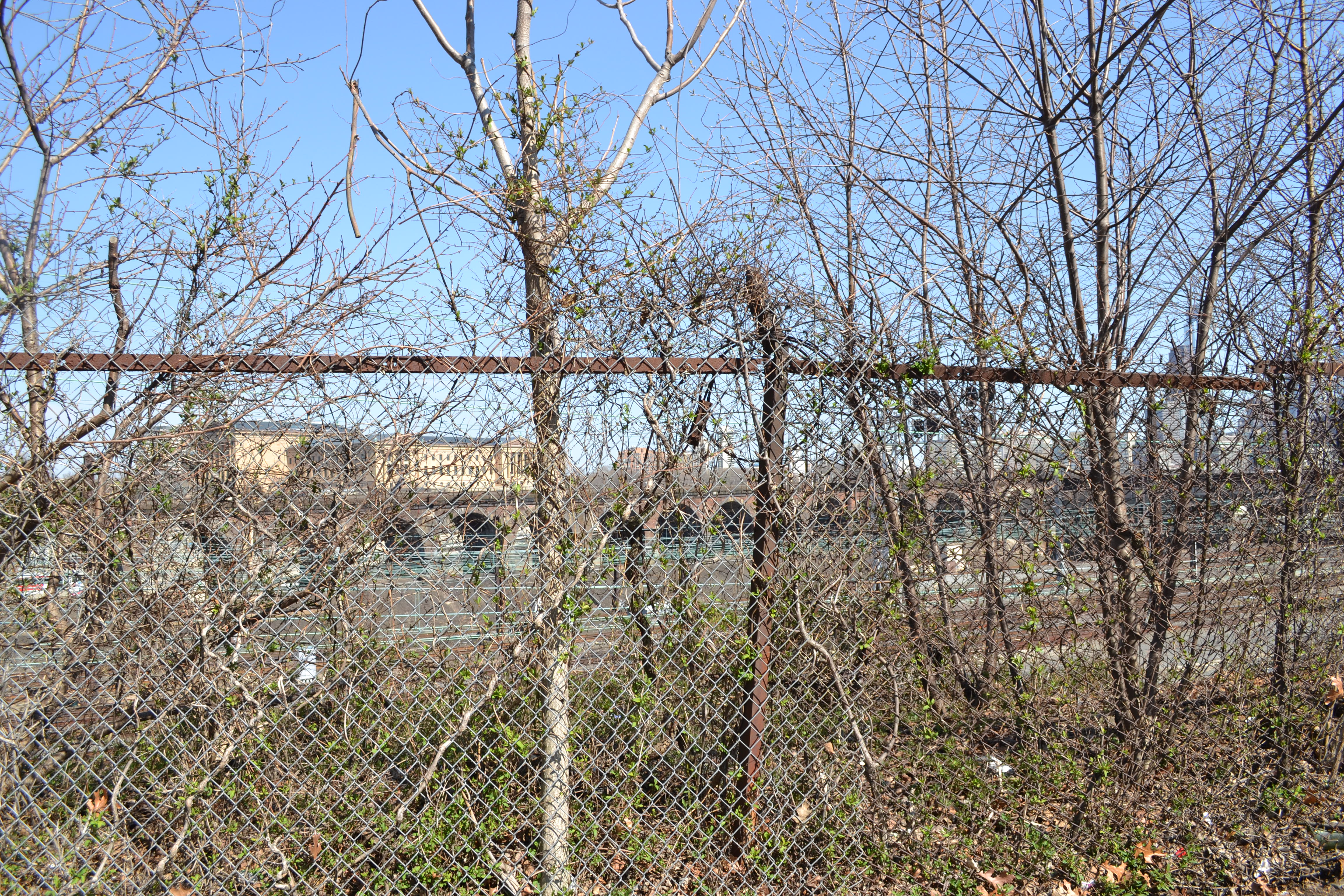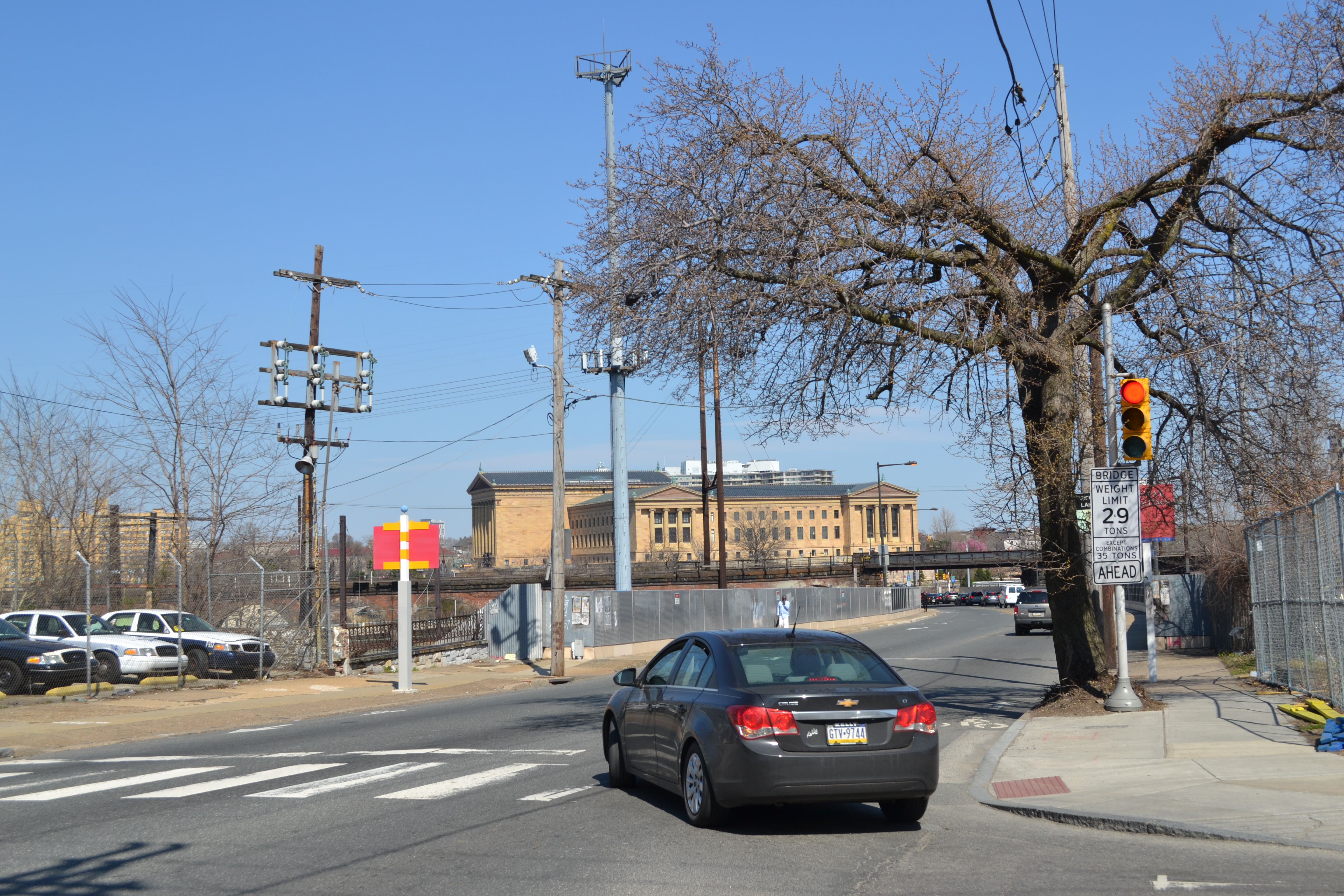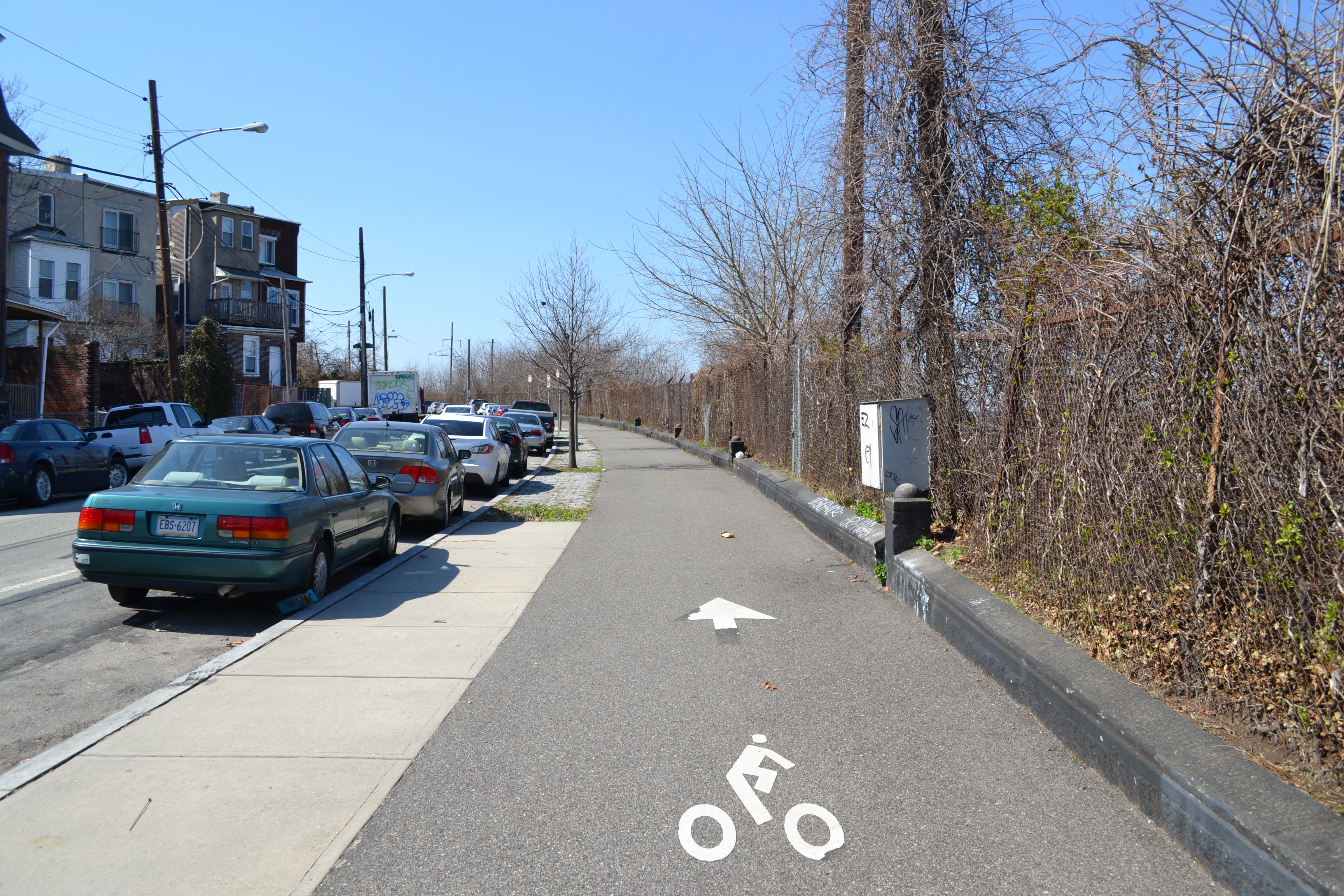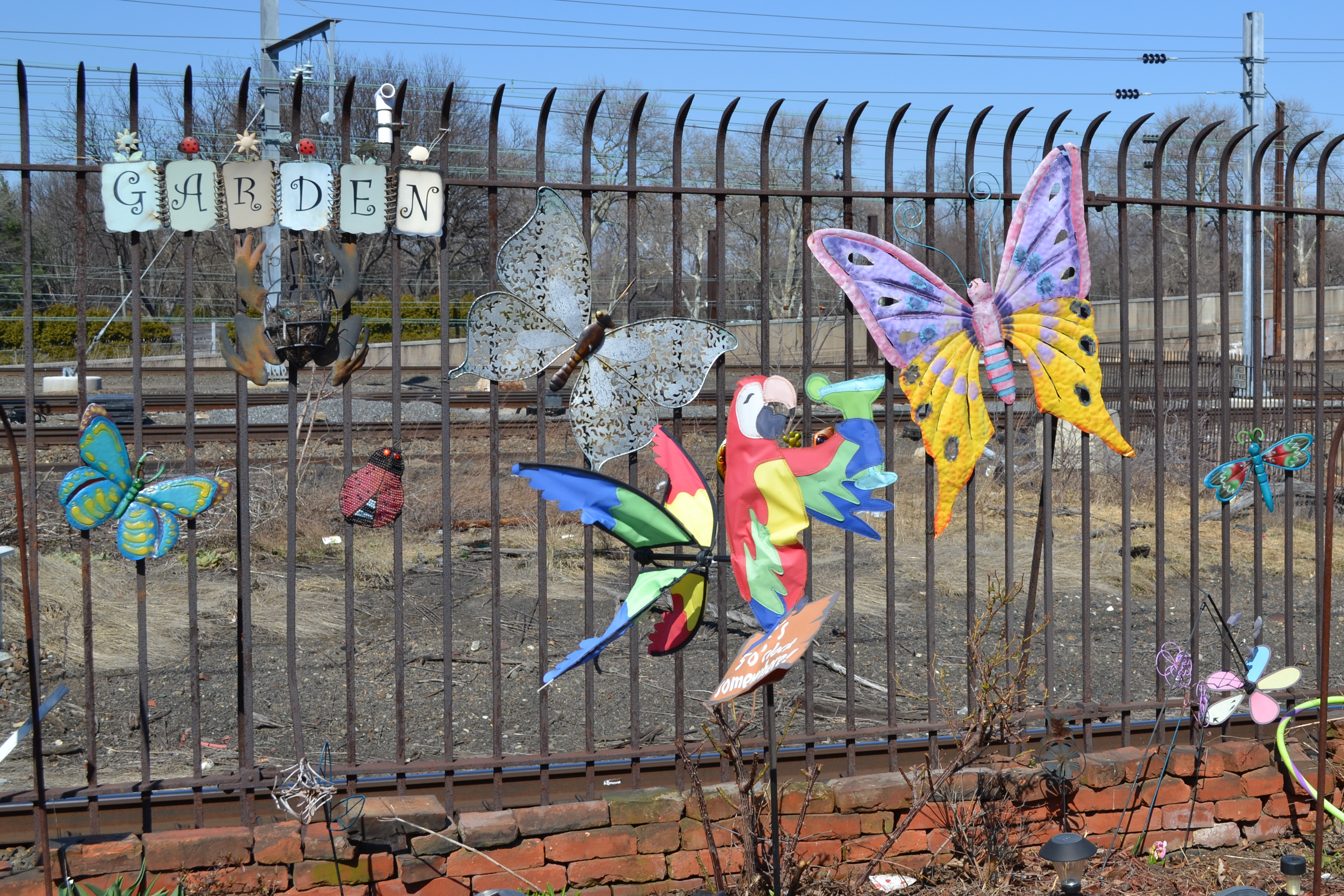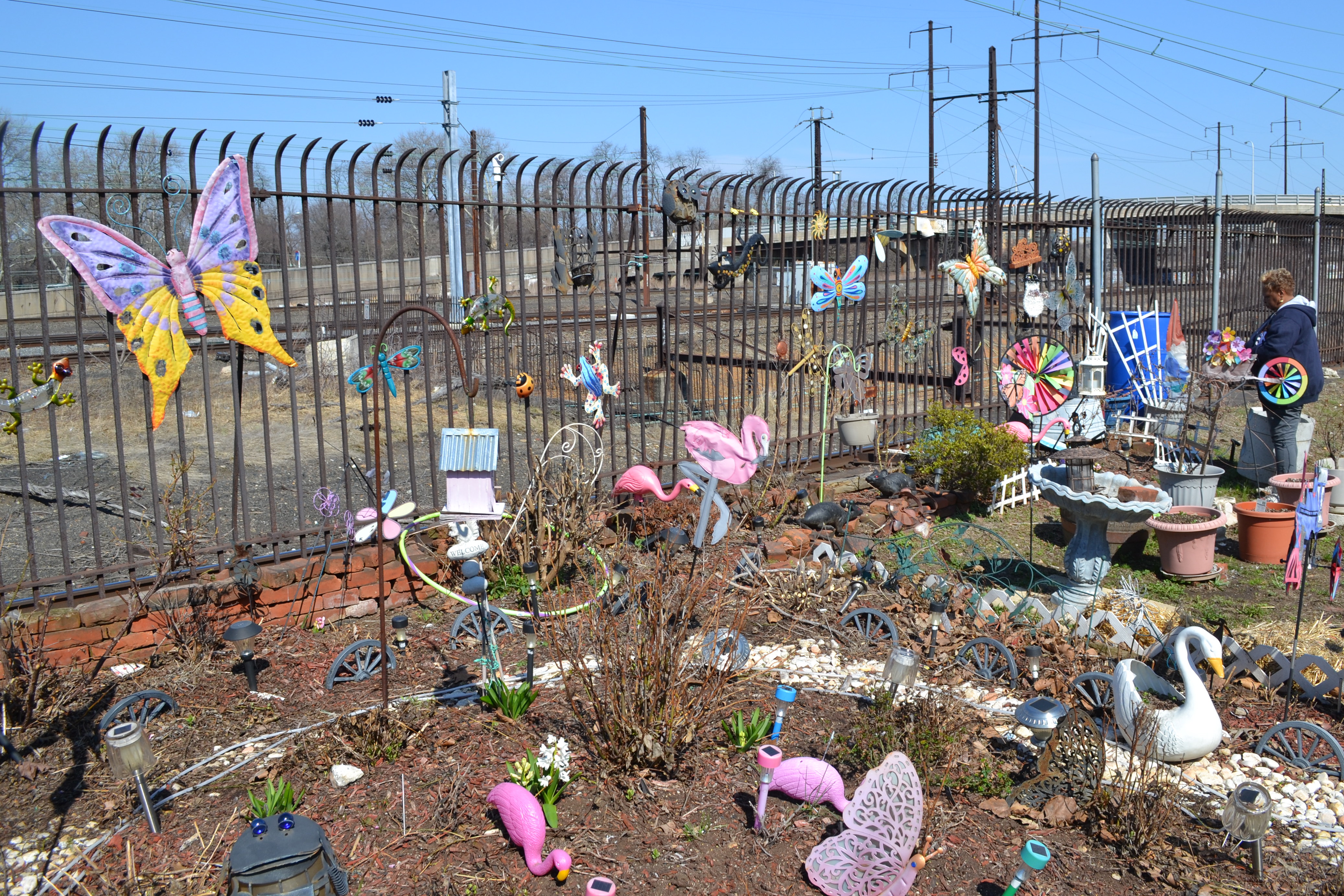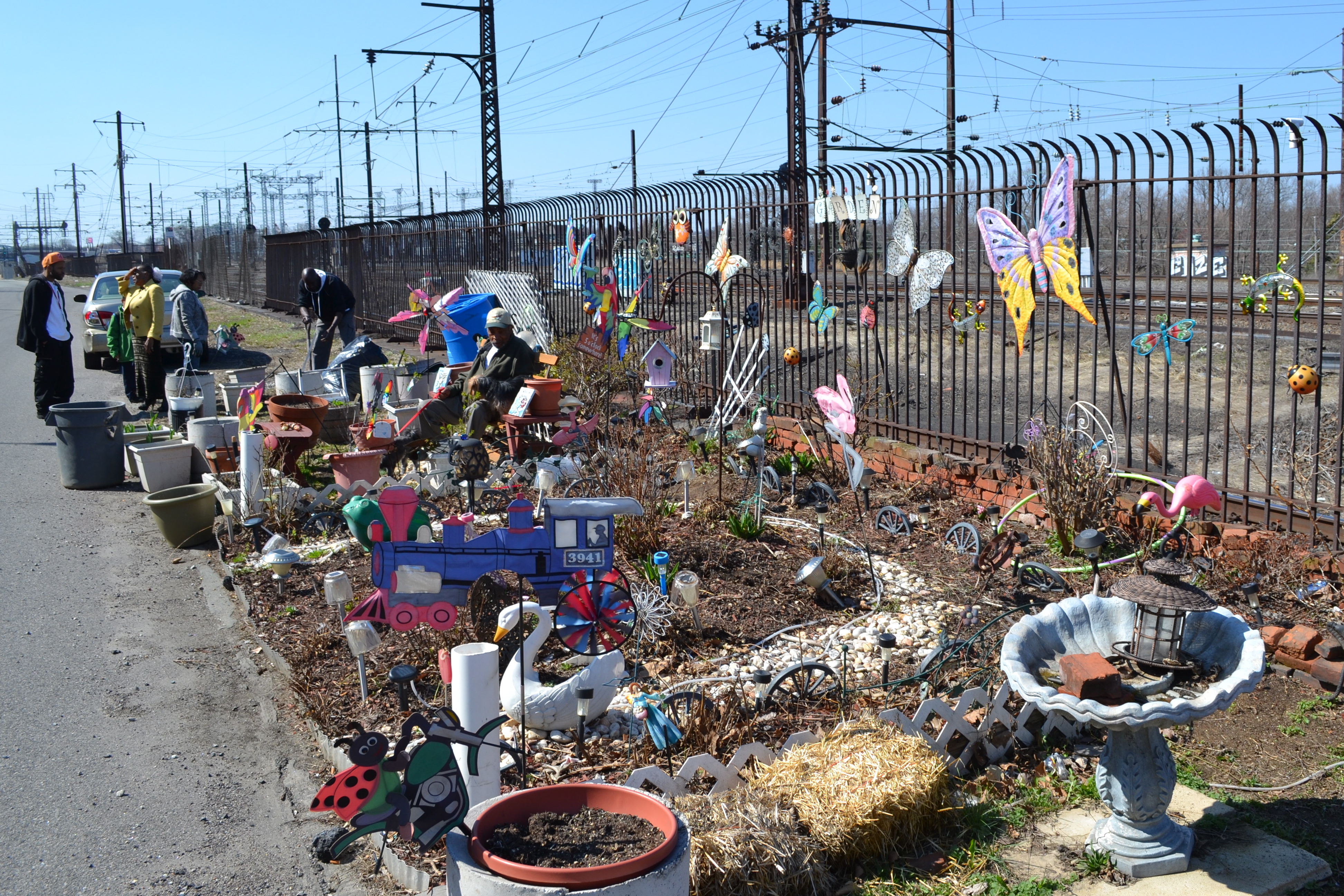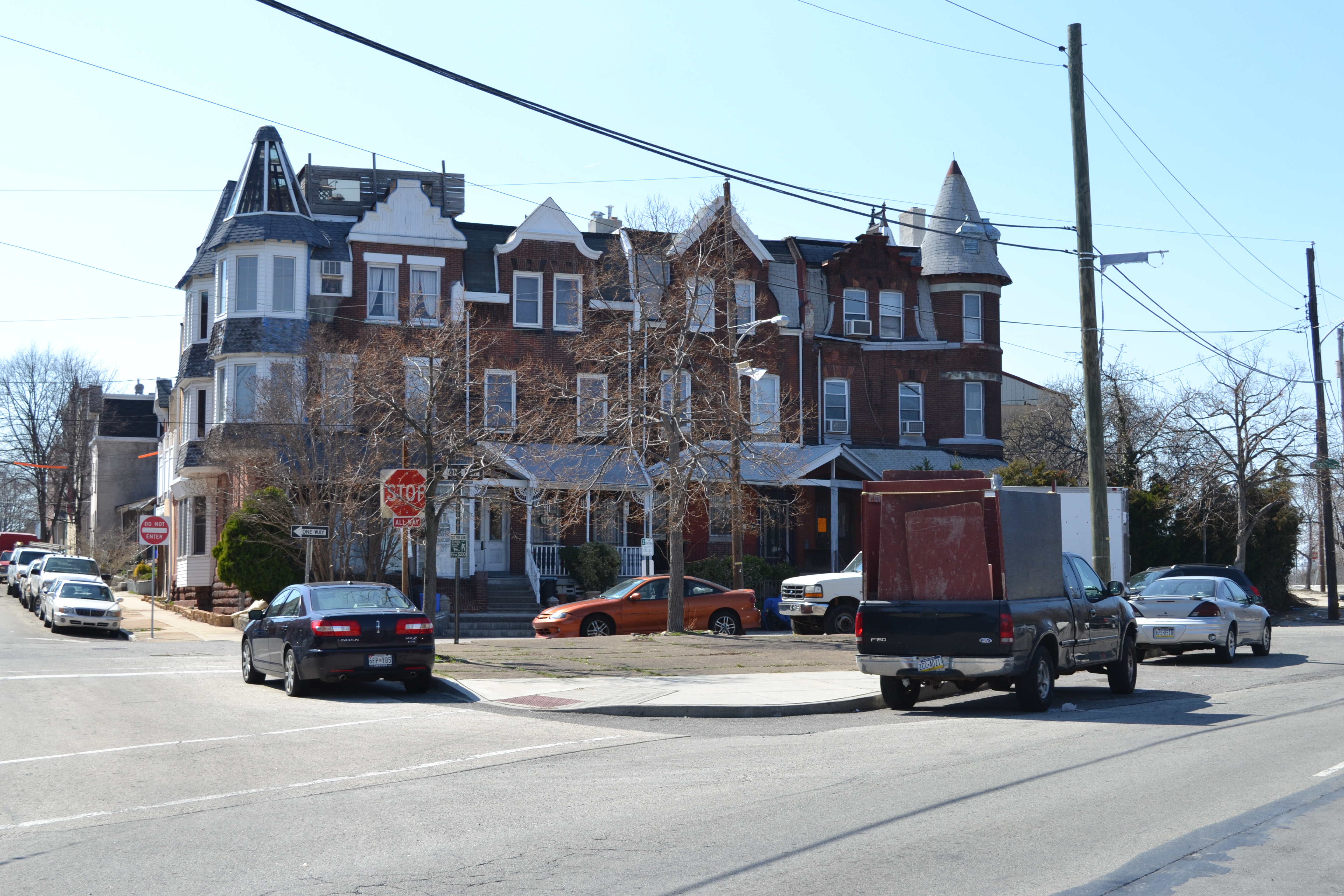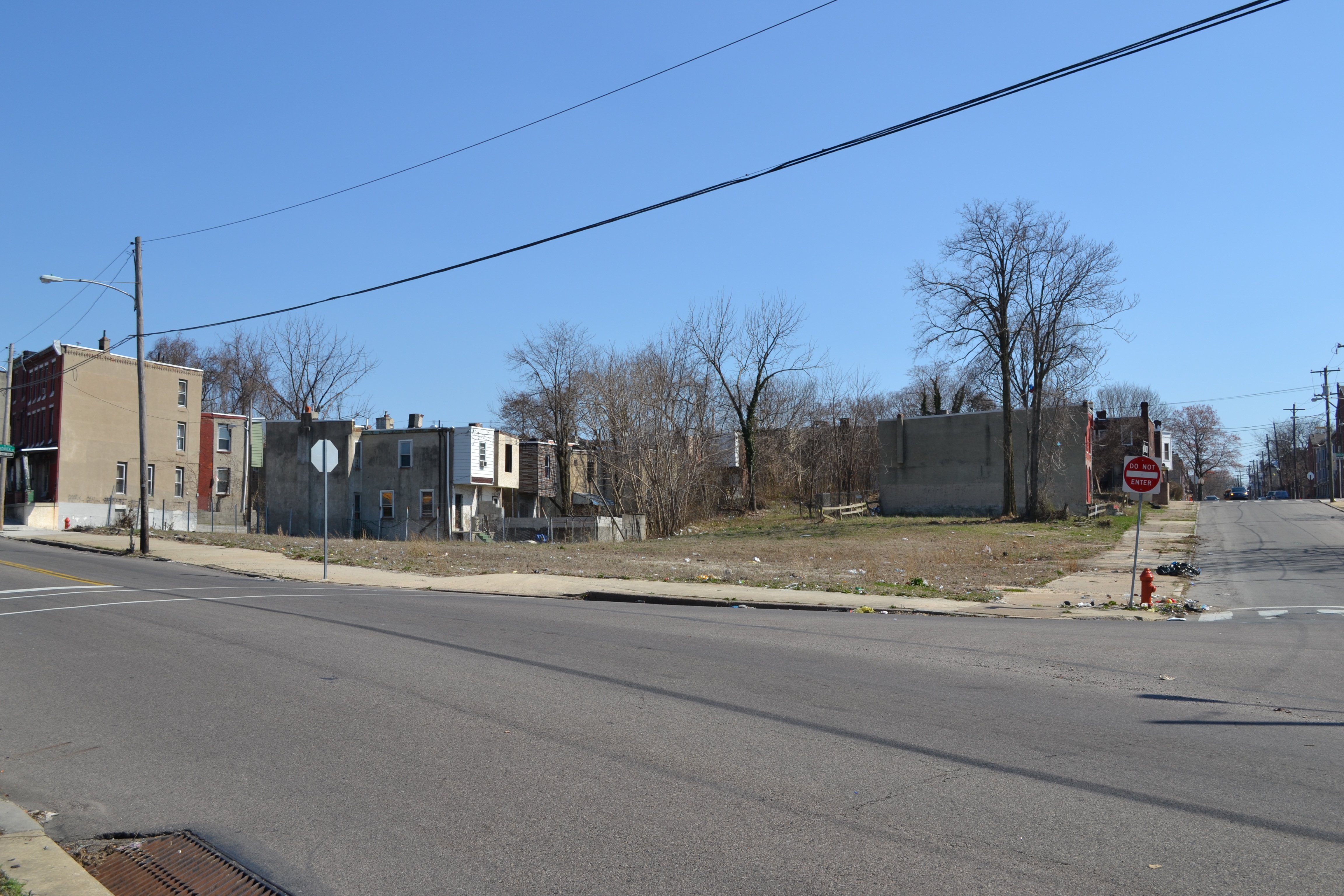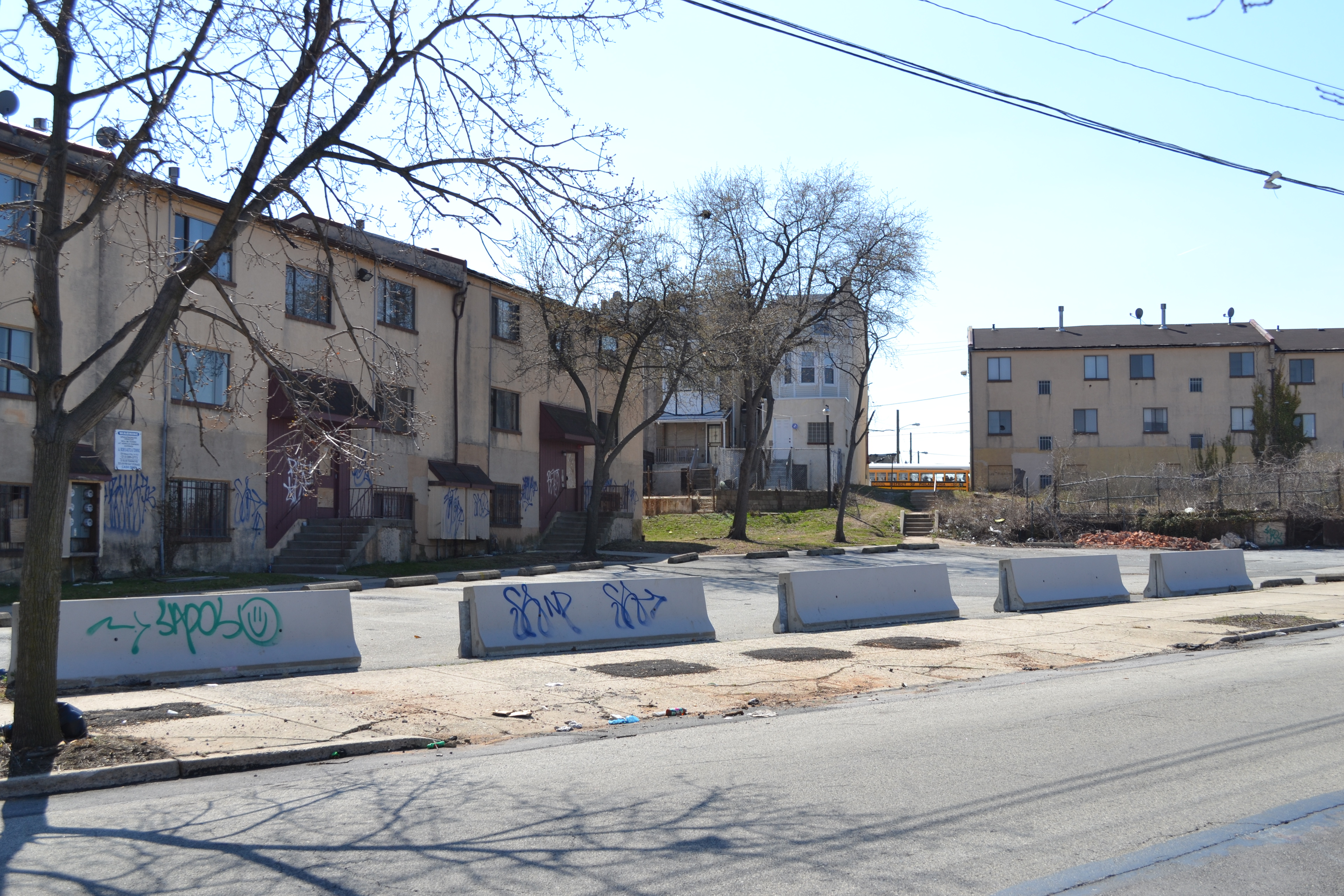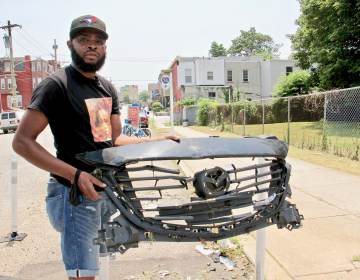Greenway in the works for Mantua’s northern border
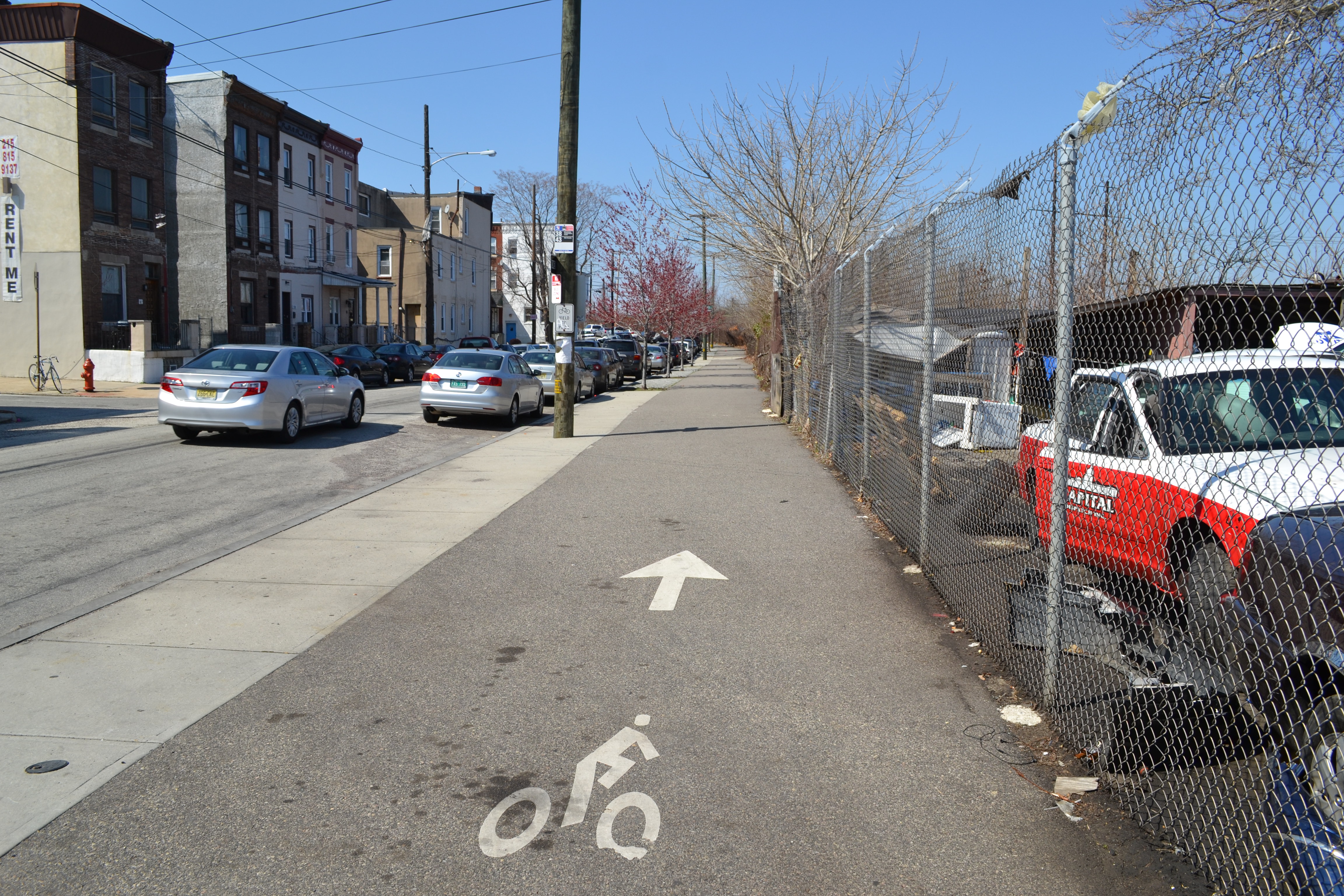
In West Philadelphia a group of Mantua residents and supportive partners want to fill a gap in Philadelphia’s flourishing bike trail network. At the same time they’re hoping to beautify the neighborhood’s northern border along Amtrak’s desolate rail tracks.
The partners – Mantua residents, Philadelphia LISC with financial support from the William Penn Foundation, and the National Park Service (NPS) Rivers and Trails Conservation Assistance (RTCA) program – have teamed up to build the Mantua Greenway, a bike trail and greened corridor along Mantua Ave and Parrish Street, the neighborhood’s northern border.
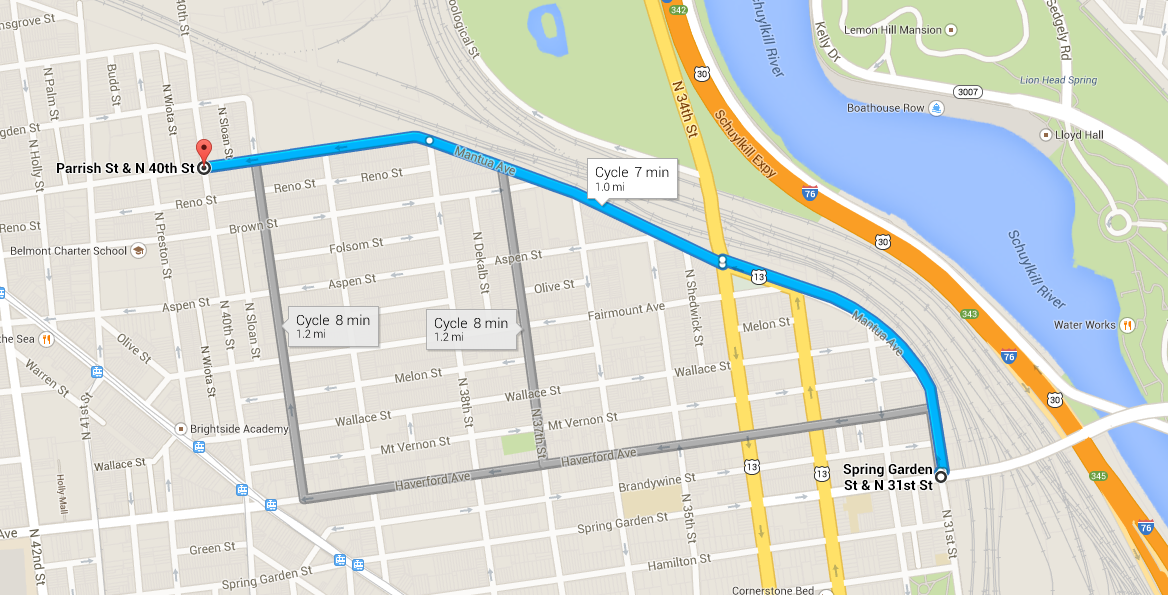
“If you look at a bike trail map of Philadelphia, there’s a section that’s missing and it’s between 40th and Girard and 34th and Mantua,” said David Ferris, a program assistant at Philadelphia LISC. “There’s sort of a missing gap in the bike infrastructure.”
“Not only will this trail connect existing assets to each other,” Ferris said, listing attractions like the Please Touch Museum, Mann Center, Philadelphia Museum of Art and Schuylkill River Trail. “But it will also connect folks in that neighborhood to those assets as well.”
The idea for Mantua Greenway grew out of the “We Are Mantua! Choice Neighborhoods Initiative,” a Department of Housing and Urban Development-sponsored neighborhood planning process.
Some of the suggestions that came out of that process were improved sidewalks, more street trees, improved bus stops with benches and a buffer between the neighborhood and the railroad tracks.
“Right now there’s an unseemly, not really beautiful chain link fence that borders the rail yard that borders the entire north end of the neighborhood,” Ferris said. “In particular the back edge of that neighborhood right now is very isolating, and it’s not inviting. There’s nothing inviting about the chainlink fence and dirty rail yard.”
The greenway is seen as a cohesive way to address some of those issues, and last year a formal process to look at the greenway more closely emerged. LISC and NPS helped organize community meetings, and Philadelphia University students lent support by presenting residents with eight different concept plans. From those plans, residents identified top priorities. Now LISC and the RTCA program are coordinating with city agencies and applying for Department of Conservation and Natural Resources (DCNR) funds.
Family Ties
Work to beautify the Mantua Greenway started in 2009, before the corridor was identified for its “greenway” potential. At that time, Bessie Carter Washington started building a garden memorial for her parents, both longtime residents of Mantua. The garden sits across the street from Washington’s home and along the fence between Mantua and Amtrak’s rail tracks.
“I just thought, ‘Why wait for someone else to come in and beautify your area? You start,’” said Washington, who has stepped up as Mantua Greenway’s resident leader.
When Washington was growing up the sidewalk along Mantua Ave and Amtrak’s fence was laid with brick. At some point Amtrak did work that required digging up the sidewalk, and they never repositioned the bricks. Later the City came in and repaved the sidewalk from 31st and Spring Garden streets to the corner of 34th Street and Mantua Ave, but they stopped there.
Washington took matters into her own hands and now, thanks to her garden, “you see beauty instead of blight,” she said.
Washington’s garden has become a popular neighborhood landmark, and it inspired much of the Mantua Greenway concept.
“Anything at this point, starting with the garden and anything that comes in now, as far as the neighbors are concerned is an improvement,” Washington said. “We’re excited that money is going to be poured into the area, and we’re excited that we’re gonna have something besides the trains to look at.”
One thing community members hope to see is more street trees and flowers – specifically tulips which Washington and her neighbors have claimed as Mantua’s signature flower.
Neighbors also want to see visual representation of Mantua’s history through murals, sculptures and interpretive signage. Years ago a mural of Mantua residents’ spanned the Spring Garden Street bridge.
“That mural that was up on the Spring Garden bridge was very special because those were actual people who lived in Mantua, and so when it was taken down, it created a lot of concern amongst residents, so they want to see those panels resurrected,” said Donna Griffin, a community engagement consultant for LISC.
Spiral Q Puppet Theater has many of those panels, and Mural Arts has committed to recreating the ones that are missing.
Mantua Greenway partners will also work on creating gateway signage that welcomes people into the neighborhood and depicts Mantua’s rich history and culture.
“For the people who live and are from Mantua they have a really strong sense of culture and history, and so we always involve residents in the “We Are Mantua!” work, and there’s always something that recognizes the culture of the community or the history,” Griffin said. “Mantua residents wouldn’t have it any other way.”
NEXT STEPS
While the project will take years, LISC and NPS are committed to taking early action steps – like developing the signage – to make it clear that the Mantua Greenway is still advancing.
“Long term it’s likely to take more than five years to get all the funding and fully go through all the phases, but I think some tangible work will be underway in the next couple years,” Ferris said.
This week the project team will submit an application to DCNR for funding that they hope to use for design and engineering work. So far the response from the City, especially the Philadelphia City Planning Commission, and local nonprofits has been positive, Ferris said.
“We think ultimately, as identified in the plan, this project will impact the abundance of vacant land that exists on the northern side of Mantua,” Griffin said. “It’s challenging. There’s quite a bit of vacant land there, so at some point we’re hoping that it really spurs positive and well thought out development.”
Well thought out is key.
“Our focus is we want to work with the community and not have developers or the city move in front of the community or without [the community],” Ferris said. “The community is very concerned with development and displacement and affordability, so as we attract new resources… [we are] being mindful of existing struggles and needs and trying to support folks so they don’t get displaced.”
WHYY is your source for fact-based, in-depth journalism and information. As a nonprofit organization, we rely on financial support from readers like you. Please give today.



